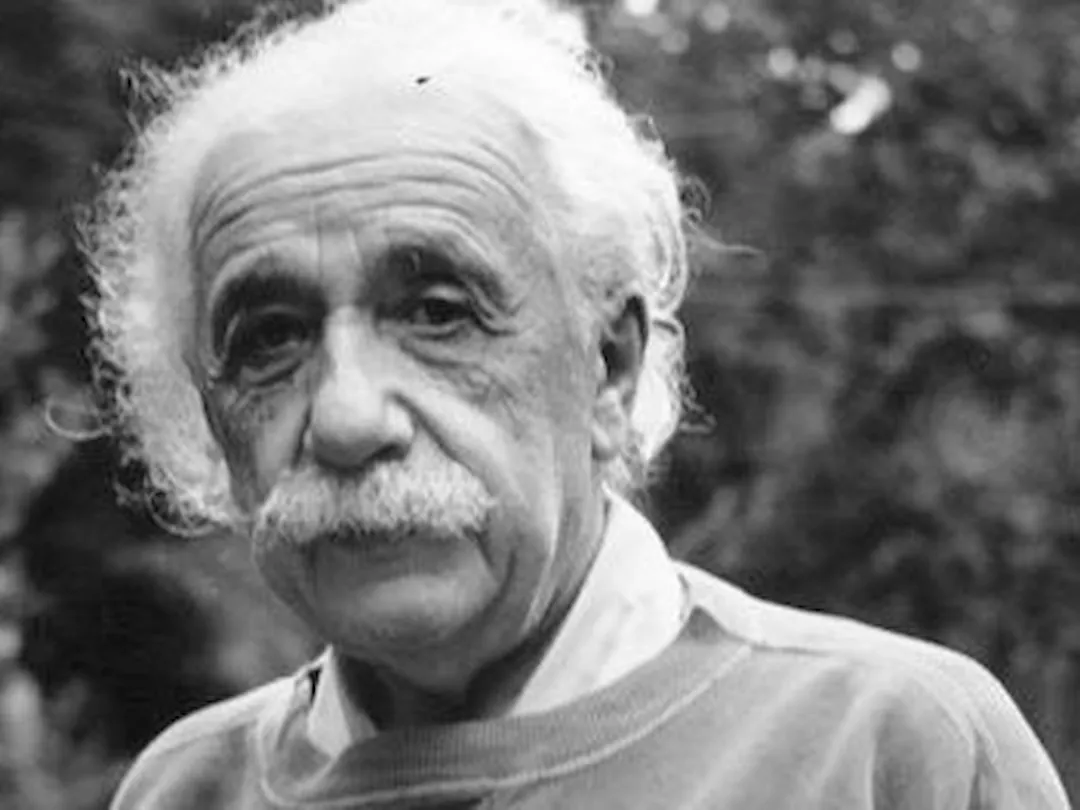
In 1923, Albert Einstein, the renowned scientist celebrated for his Theory of Relativity, made an unexpected stop in the coastal town of Negombo, Sri Lanka. With his wife Elsa by his side, Einstein experienced a slice of Sri Lankan life that took him far from academia’s usual rigor. Their journey led them to scenic landscapes, the everyday lives of locals, and a touch of adventure, all of which Einstein recorded with fascination. This rare visit provided a glimpse of early 20th-century Negombo, a fishing village with rich cultural roots and natural beauty.
Einstein’s brief stay offered a unique perspective on both the man and the place—showing a side of him captivated by simple details like rickshaws, fishermen, and local markets. It was a journey filled with surprises, from observations on local transport to an encounter with a wild crocodile. This short yet profound visit underscored the cultural depth and quiet resilience of the people of Negombo.
Journey to Negombo: A Path of Discovery
Einstein’s journey to Negombo was part of a longer trip to Japan for an academic conference, a rare engagement in Asia for the Nobel laureate. En route back from Japan, Einstein decided to stop in Sri Lanka, making it a midpoint of his travels. Disembarking from his ship in Colombo, he and Elsa were keen to explore the surroundings. Rather than staying in Colombo, they opted for a train ride to Negombo, venturing into this small coastal town for a glimpse of Sri Lankan rural life.
The train journey from Colombo to Negombo, though only a short ride, offered the Einsteins a scenic route through fields, coconut groves, and small villages. This railway, established just 14 years prior, connected the bustling city with the quieter, rural parts of the island, allowing locals and visitors alike to experience a cross-section of Sri Lanka’s landscapes. Upon arriving at the Negombo railway station, Einstein and Elsa hired rickshaws, the primary means of transportation in the area, to navigate the town. This choice not only showed their willingness to immerse themselves in the local experience but also allowed them a closer look at the daily lives of Sri Lankans.
Exploring Negombo: A Glimpse of Local Life
As they made their way through Negombo, Einstein was struck by the abundance of coconut trees, particularly a variety known locally as Patara coconut trees. The trees lined the roads, creating a natural canopy that shaded travelers and lent a tropical charm to the surroundings. In his diary, Einstein noted the seemingly endless rows of these trees along the Negombo Highway, which gave the route a picturesque quality. The coconut palms, swaying in the gentle coastal breeze, were a signature feature of the Sri Lankan landscape, and Einstein’s observations capture the serene yet vibrant energy of the region.
The Scenic and Bustling Negombo Beach
Their travels led them to the beach near the New Inn, close to the historic Negombo Fort area. The beach, alive with activity, gave Einstein a firsthand view of the fishing culture that defined Negombo. Fishing boats lined the shore, and locals bustled around, tending to their nets and preparing for the day’s catch. Einstein found the area both scenic and lively, a perfect mix of natural beauty and cultural vibrancy.
This beachside setting also offered a view of daily life that was unique to Negombo. The presence of fishermen, their families, and other locals illustrated the community’s reliance on the sea for livelihood. In this setting, Einstein could observe the human element of a fishing town, from children playing in the sand to adults working with purpose. The beach, with its rugged beauty and energetic atmosphere, left a memorable impression on the physicist.
Interactions and Encounters in Negombo
At the beach, Einstein witnessed a surprising scene—a group of local children, undeterred by danger, chasing away a large crocodile with stones as it lounged near the shore. The children’s courage and quick thinking left Einstein impressed, and he later recorded this encounter in his diary as a moment that encapsulated the spirit of the people. For him, this was more than just a simple observation; it was a reminder of the resilience and adaptability that defined life in Negombo.
Einstein also observed fisherwomen and their families by the beach, noting the traditional attire and lifestyle. It was a scene that contrasted sharply with the European lifestyle he was accustomed to, yet it held a rustic charm and simplicity that he found endearing.
During his time in Negombo, Einstein met a young Sinhalese woman with Dutch ancestry, whose beauty he described as remarkable. This brief encounter made an impression on Einstein, who admired her graceful appearance amidst the backdrop of a bustling fishing town. Such interactions added a personal dimension to his travels, revealing a softer, more contemplative side of the physicist.
In addition, the rickshaw pullers who transported him and Elsa through the town left a mark on his journey. He tipped each of them with five rupees—a generous amount for the time—and received an unexpected gift in return: bananas from one of the pullers. This particular rickshaw puller had previously worked with Hagenbeck’s circus in Hamburg and even spoke a few words of German, adding an unexpected layer of familiarity to Einstein’s adventure.
Insights from Mr. Kirthi Tennakone’s Records
According to Mr. Kirthi Tennakone’s records, Einstein noted his impressions of the Negombo fishing port with keen interest. He was fascinated by the speed of the trawlers gliding across the water and watched as crows flock in large numbers near the docks. His observations conveyed a sense of admiration for the simplicity and efficiency of life in Negombo, where nature and human activity coexisted harmoniously.
While exploring the area, he once again encountered a crocodile, this time near a stream. The sight of such wildlife so close to the town intrigued him, adding a hint of adventure to his otherwise tranquil exploration of Negombo.
Einstein’s time in Colombo before reaching Negombo had its own share of reflections. He noted the noble appearance of the locals, their calm demeanor, and their resilience in the face of life’s challenges. However, he found the rickshaw transport in Colombo uncomfortable at first, though Elsa took it in stride. For Einstein, this mode of transport was a new experience, both fascinating and humbling, as it reminded him of the diversity in lifestyles across the world.
The Return Journey: Colombo and Challenges Along the Way
After his memorable time in Negombo, Einstein boarded the train back to Colombo. The journey, however, presented its own set of challenges, with dense mosquito populations along the route. Concerned about malaria, Einstein found the ride less pleasant but tolerated the discomfort as part of the travel experience. The mosquito-laden journey was a sharp contrast to the serene sights he had enjoyed in Negombo, yet it was another reminder of the environment’s influence on daily life in Sri Lanka.
Upon returning to Colombo, Einstein and EDocktook a rickshaw back to the dock where their ship awaited. This journey was not without its difficulties, as Elsa struggled with seasickness due to the choppy waters near the dock. The rough sea conditions created a tenseDockent for the couple as they prepared to board their ship, marking the end of their visit with a mix of excitement and relief.
Sources:
- https://freethoughtblogs.com/singham/2016/04/25/einsteins-visit-to-sri-lanka/
- http://www.srilankaguardian.org/2011/01/albert-einsteins-obscure-visit-to-sri.html
- https://marcuspriyanthaperera.blogspot.com/2017/11/blog-post.html
- https://island.lk/?page_cat=article-details&page=article-details&code_title=16400
